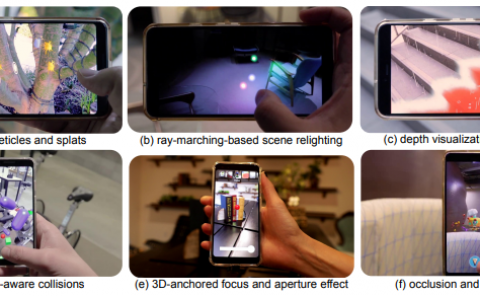Optimized Cache and Forward Video Streaming in High Bandwidth Network
PubDate: February 2020
Teams: St. Joseph’s College of Engineering
Writers: S Duraimurugan; Muthukumaran K; Paul F Leander
PDF: Optimized Cache and Forward Video Streaming in High Bandwidth Network

Abstract
As the technology continues to rapidly develop, the need for internet has also increased. Since all the new technological development and device require the user to be connected to the internet so as to reduce the burden on the user’s device, the bandwidth required has increased tremendously. The introduction of virtual reality and augmented reality has further increased the bandwidth requirement for video streaming due to the large amount of data that would need to be delivered through the internet in a short period of time. The lack of any sophisticated methods to combat these challenges have made it difficult to stream high quality video while ensuring a good quality of service to the user. This paper provides a novel approach to overcome the difficulties faced while streaming high quality video content that requires a high bandwidth. There are two algorithms that are proposed in this approach, the first algorithm involves calculating the number of users who are viewing a video content and then determining the path through which the video packets would be sent to the user. The video content is then cached in the node which is closer to all the nearby video requesters, so that the user can get the video content from the cached data thereby reducing the resources that are needed to stream the video content. The second method involves prefetching the video content from the cache during the presence of a good channel condition so that the user can view the video even during bad channel conditions. The hidden Markov model is used to predict the channel conditions and to calculate the amount of video content that needs to be pre fetched to avoid overflow and under flow of video content data. The two approaches work together to provide video streaming services to a large number of users at a lower resource usage. Since the video packets are only transmitted to the cached location once, while there would be many users streaming the same video from that cache in that area, we can effectively reduce the resources needed by a large margin under certain conditions.


